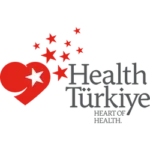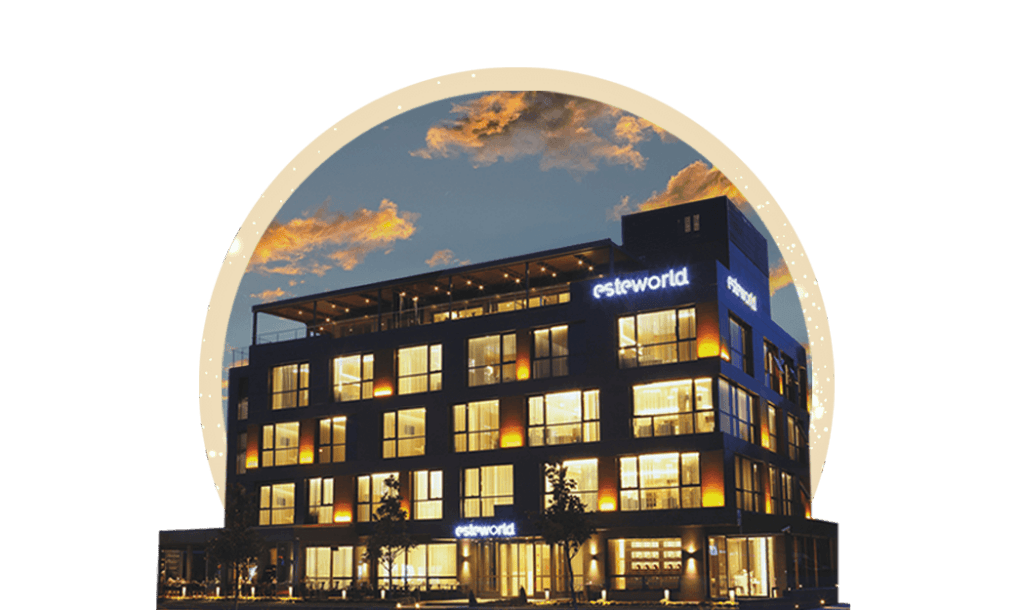
Hair transplant Turkey has become one of the most popular medical procedures for men and women facing hair loss. Thousands of patients visit Istanbul each month, attracted by advanced techniques, experienced surgeons, and natural-looking results. However, one of the most common questions people ask before undergoing a transplant is how the hair growth process evolves month by month.
This article offers a detailed and realistic overview of what to expect after a hair transplant in Turkey, from the first week to the tenth month, supported by clinical observations and real patient experiences.
A hair transplant is not just a one-day operation; it’s a transformation process that continues for months. The surgery may take a few hours, but the healing and regrowth process unfolds slowly and steadily. Understanding each stage helps patients manage expectations and track progress with confidence.
Modern clinics in Turkey mostly use FUE (Follicular Unit Extraction) or DHI (Direct Hair Implantation) methods. Both are minimally invasive, leave almost no visible scars, and provide high-density, natural results. After surgery, the transplanted grafts begin their life cycle, passing through shock loss, dormancy, and active regrowth phases.
The first month after a hair transplant in Turkey is mostly about recovery. During the first few days, the scalp may appear red and slightly swollen. Small scabs form around the grafts, which is perfectly normal. Patients are advised to wash their hair gently with medical shampoo and avoid scratching or rubbing.
By the end of the first month, most scabs fall off naturally. However, around the third or fourth week, shock loss begins. This is when the newly transplanted hairs fall out, leaving the scalp looking similar to before surgery. It can be alarming, but it’s actually a sign that the follicles have entered the resting phase before regrowth.
At two months, patients may still notice thin or patchy areas, which is completely expected. The scalp continues to heal internally, and the follicles start preparing for new growth. It’s important not to panic during this time, as the visible improvement usually starts after the third month.
Mild itching or tingling sensations may appear, indicating active follicle activity. These symptoms are a normal part of recovery. Clinics often recommend vitamin support and gentle scalp massages to stimulate blood circulation.
The third month marks the beginning of new growth. Small, soft hairs start appearing, but they are often thin and almost invisible. These are known as “vellus hairs.” Although progress might seem slow, this is the turning point where the follicles begin producing new strands.
Patients who had their transplant in Turkey often share that by the end of month three, they start seeing fine new hairs across the recipient area. However, the density is still low, and the new hairs grow in random directions before they gradually align and thicken.
By the fourth month, new hair growth becomes more visible. The thin hairs start gaining pigment and strength. Many patients notice early coverage over previously bald areas, especially in the frontal region.
Although still far from the final result, the improvement becomes encouraging. The transplanted hair starts blending with the existing hair, making the scalp look fuller. At this stage, the donor area also recovers completely, allowing most patients to return to regular haircuts and styling.
The fifth month is often when transformation becomes noticeable. About 40-50% of the transplanted hair starts to grow. Hairs are thicker, darker, and more aligned with the natural direction.
Photos taken at this stage show a significant difference compared to the first three months. Patients who were anxious before usually begin to feel confident about their decision. Although some minor unevenness in density may persist, the improvement is clear.
Clinics in Turkey often schedule a follow-up around the fifth month to evaluate progress and ensure that the scalp and follicles are healthy.
At six months, around 60% of the final result is visible. The new hair is stronger and denser, especially in the front and mid-scalp. For many people, this is the moment when they start styling their hair again and feeling like themselves.
Any redness or sensitivity has usually disappeared by this time. Hair texture begins to resemble natural strands. Patients can use mild styling products, although most clinics recommend avoiding chemical treatments until the ninth or tenth month.
The seventh month brings even more improvement in density and coverage. The newly grown hairs are longer and blend naturally with the existing hair. The hairline becomes well-defined, and most patients feel comfortable in social situations without worrying about visible signs of the procedure.
Before and after photos taken between months six and seven show major progress. The crown area, which usually takes longer to fill, begins showing visible regrowth as well.
At eight months, the hair gains both volume and texture. The majority of the follicles are active, and the coverage appears balanced across the scalp. The hair looks fuller under different lighting, and most patients can now get a regular haircut or trim.
The improvement compared to earlier stages is dramatic. The results at this stage are close to final, though some patients continue to notice new growth and thickening over the next few months.
By the ninth month, around 85–90% of the transplanted hair has grown. The overall density is satisfying for most patients. The hair feels natural to the touch, with a healthy shine.
Photos taken before and after nine months show an impressive difference, especially in high-resolution images. The hairline appears smooth and proportional, while the crown gains volume and balance.
Any remaining minor irregularities usually resolve in the next two to three months as the hair cycle stabilizes.
Ten months after the hair transplant in Turkey, the transformation is almost complete. Most patients enjoy their full results, with hair that looks and behaves like natural, lifelong growth.
The density can reach up to 100% of the expected outcome depending on individual hair characteristics. The new hair can be styled, cut, and dyed without restrictions.
Patients who compare their before and after photos at this point often describe the experience as life-changing. The self-confidence boost and overall satisfaction make the long process completely worthwhile.
When will I start seeing results?
New hair growth usually begins around the third month, with visible changes by month five and final results around month ten.
Does everyone experience shock loss?
Yes, almost all patients go through temporary hair shedding after the first month. It’s part of the normal cycle.
Can I cut or dye my hair after transplantation?
Hair can be trimmed after the fifth month and dyed after the tenth month when follicles are fully stabilized.
Is the procedure painful?
The surgery is performed under local anesthesia, and most patients describe it as comfortable. Mild discomfort may occur in the first few days.
Will the transplanted hair fall out again?
Transplanted hair is usually resistant to DHT, the hormone responsible for baldness. Therefore, the results are permanent for most patients.
As Esteworld Health Group, Turkey’s leading provider of plastic and aesthetic surgery services, we have been offering aesthetic services at the highest medical standards since 1994 under the slogan “Healthy beauty!”













By Metrobus:
You can get off the Metrobus at Uzunçayır station and then take the minibuses and buses to Metropol Shopping Mall.
Bus Transportation:
You can take buses numbered 8K-10-10A-10EK-13-13ŞB-13AB-14ŞB-16M-19EK-19M-KM46-256 and get off at Ataşehir Plazalar stop.
Transportation by minibus:
You can take Üsküdar-Ferhat Paşa, Üsküdar-Ataşehir, Ümraniye-Ataşehir minibuses and get off at Ataşehir Plazalar stop.
By Metro
You can use the M4 Kadıköy-Sabiha Gökçen metro line and get off at Yenisahra or Kozyatağı stops and then take buses and minibuses to Metropol AVM.
Transportation from Sabiha Gökçen Airport:
You can take the M4 Kadıköy-Sabiha Gökçen metro line and get off at the Kozyatağı stop and then take the minibuses and buses to Ataşehir Metropol AVM.